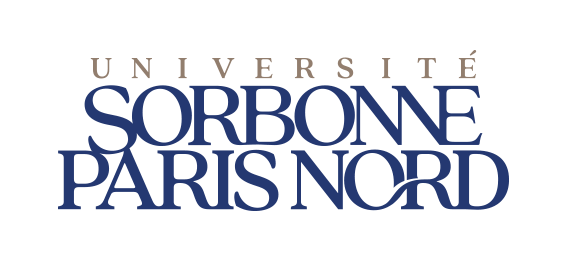EOS analysis of lower extremity segmental torsion in children and young adults
Résumé
Introduction: Lower limb torsion varies substantially among healthy children during growth. Values reported in the literature to date have been obtained using semi-quantitative clinical or 2D measurement methods. Quantitative 3D measurement would help determine the physiological range of lower limb torsion. Low-dose stereoradiography with 3D reconstruction provides a good alternative. Its use increases in pediatrics because of radiation minimization. Previous studies have shown accurate and reproducible results of lower limbs reconstruction in adults and children but the torsional parameters haven’t been measured yet. The present study reports the values of lower limb segmental torsion and its course during growth in a cohort of healthy children and young adults using the EOS low-dose biplanar X-ray.
Hypothesis: EOS 3D reconstruction is an accurate and reproducible method to measure the torsional parameters in children.
Materials and methods: Femoral torsion (FT) and tibial torsion (TT) were studied on 114 volunteers (228 lower limbs) from 6 to 30 years of age divided by age into 5 groups. The EOS™ acquisitions were obtained in subjects standing with their feet offset.
Results: Mean FT decreased during growth, passing from 21.6° to 18°, whereas mean TT increased from 26.8° to 34.7°. There was a statistically significant difference between the 2 extreme age groups, but no difference was found between any other age groups. The ICC for intra-observer reproducibility was 0.96 and 0.95 for FT and TT for the first operator, and 0.79 and 0.83 for the second operator respectively. The ICC for inter-observer reproducibility was 0.84 and 0.82 respectively.
Discussion: The course of lower limb segmental torsion observed was consistent with literature reports based upon clinical and 2D measurements. 3D reconstruction of EOS low-dose biplanar imaging appears to be a safe and reliable tool for lower limbs measurements, especially for investigating lower limb segmental torsion in children and adults.
Origine : Fichiers produits par l'(les) auteur(s)
